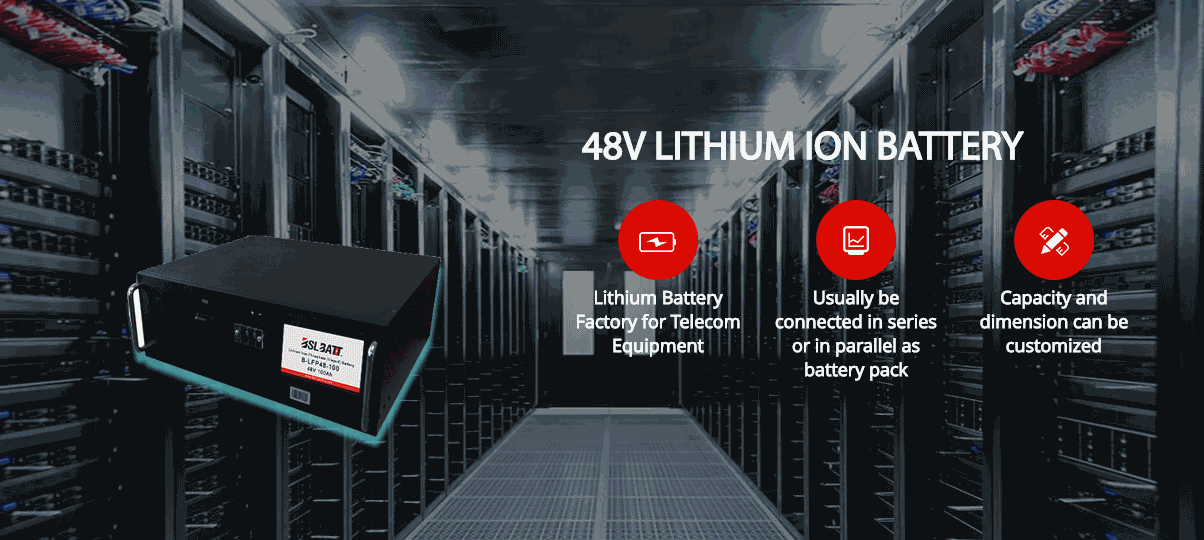The lithium-ion battery is one of the most popular choices for consumer and portable electronics. The high performance and fast recharge cycle also makes is a great choice for automobile, aerospace and military applications. Here are a few of the basic advantages of using the lithium-ion battery:
★ Compact size
The lithium-ion battery is smaller and lighter than most other types of rechargeable batteries in the market. The compact size makes is a popular choice for a wide range of electronic gadgets.
★ High-energy density
The high energy density of this type of battery makes it a very favorable choice compared to the alternatives. This means the battery has the ability to provide a lot of power without being large in size. The high energy is great for power-hungry gadgets like tablets, smartphones and laptops.
★ Low self-discharge
The lithium-ion battery has low self-discharge rate, which is estimated at about 1.5% per month. The slow rate of discharge means the battery has a long shelf life and the potential to be recharged and used a lot more often than other options. For instance, the metal-nickel hydride battery has a much faster self-discharge rate of about 20% per month.
★ Fast charge cycle
The fast charge cycle is a further reason for its great popularity in day-to-day electronics like phones and tables. The charge time is latterly a fraction of the alternative choices.
★ Long lifespan
The lithium-ion battery has the ability to complete hundreds of charge and discharge cycles. Over the battery’s lifespan, it is likely to see a reduction in capacity. For instance, after a total of 1000 cycles there is the risk of losing up to 30% of its capacity. However, the loss of capacity varies with the type and quality of the battery. The most advanced lithium-ion battery is more likely to hold full capacity until about 5000 charge-discharge cycles are complete.
★ Are there any disadvantages
In addition to the wide-ranging advantages of the lithium-ion battery, there are also a few disadvantages to note. A common issue is likely to relate to the cost. This type of battery is nearly 40% more expensive than its closest alternatives. A reason for the higher cost is the need to combine the battery with on-board computer circuitry to help control issues with current and voltage. Also, heat can be an issue. Any battery left or used in a high temperature environment will find the performance and quality of battery degrades faster.






























